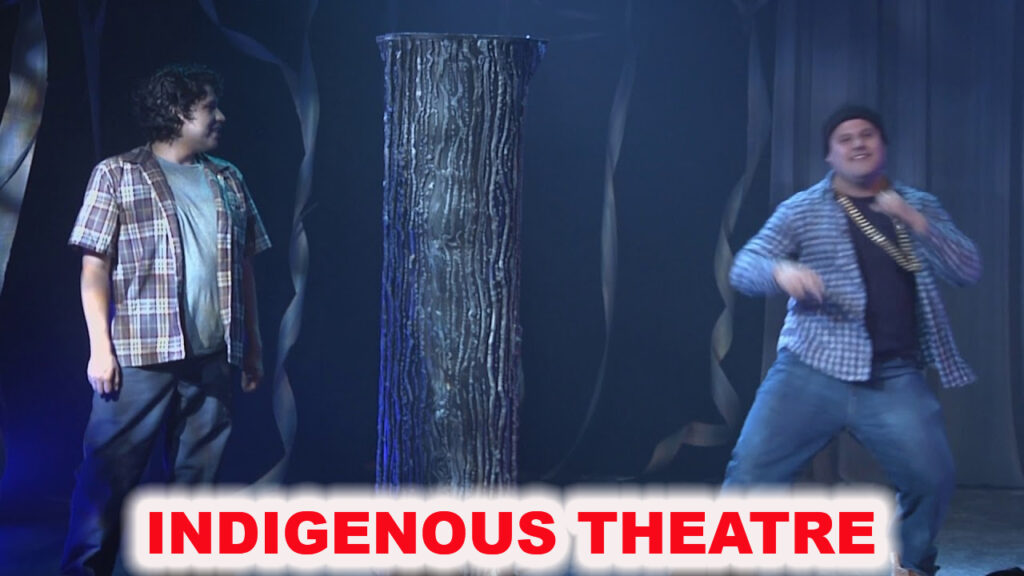The Natyashastra is regarded as the basic text of theatre. It was later that the text was employed and constructed in different styles of theatre existing during that period for example; dialogues in the form of prose and verses or drama script that was recited by singers and actors used to mimic the action and reaction described to them. These drama scripts were usually inspired by great epics like The Ramayana, the Mahabharata or the Puranas.
In India, there are different living theatrical traditions. For example, there are archaic rituals that were followed by rural communities and there was an age-old classical tradition of dance and drama.
Classical theatre exists in few cities only but the folk theatre was popular in almost every region and professional theatre is confined mainly to the cities. Plays are performed in both English and Hindi in cities like Delhi, Mumbai Bengal, Madras, Calcutta, etc.
The golden period of Indian theatre is believed to have lasted until the 5th century. After that performance tradition flourished through dances, music shows and concerts, singing, and storytelling art.
Modern Indian theatre is influenced by its history/ legacy and draws inspiration from various other sources. It flourished around the 18th century at the time when the British Empire was spreading its root in India. Largely influenced by western performance style theatre, it reached India with Britishers and the first indigenous performance with native Indian actors happen in around 1795.
It started with the staging of Hindi and Bengali mix language short play directed by Paul Jodrell. On stage, it was a Russian violinist that enacted the same. This was the birth of contemporary indigenous Indian cinema.
In 1830, after getting financial support from rich native families, the first Bengali language theatre was performed outside the traditional framework of indigenous folk performances.
Folk tradition, theatre, and performances are quite deep-rooted in India that has existed since time immemorial. Later these got accompanied by Sanskrit classical theatre. And Britisher, with their powerful establishments in India, forms a small professional theatre in Calcutta in which first time in 1848 that an Indian actor Baishnab Charan Auddy played Othello.
In the history of theatre across the world, he was the second person who was recorded in colour to play Shakespeare’s tragic Moor.
After 1850, numerous Indian theatre company emerges who use to stage their play in their respective languages, clubbing modern Western and indigenous culture in the whole India including Calcutta, Mumbai, and parts of North and South India.
Around the 1870s, the hybrid formation of Indian proscenium style theatre came into being which used to take place at the rich ticketed theatre rather than small mansions.
By the end of the 19th century, this kind of cinema gain the foothold and turned into a commercial outfit which became the source of earning a livelihood for those who were associated with it.
In the 20th century around World war I, the western-style theatre industry was almost confined to theatres auditorium and plays become a commodity which used to be formulaic and repetitive. Thereby, from the early 1920s to 40s, during the freedom movement in India, the theatre gained momentum. In 1922 along with the Indian communist party, the Indian people’s theatre association (IPTA) came into being. The organisation had its branches all over the country and had people from every social and financial stratum who collectively work for the upliftment of theatre.
With the formation of IPTA movement, Indian theatre became a channel to implement social and political changes which were concerned about reaching to the masses rather than being the source of entertainment for classes alone. And since then the indigenous theatre in India is more or less developing along the same lines where different theatre groups enact various issues through their professional artist.
Follow us on
